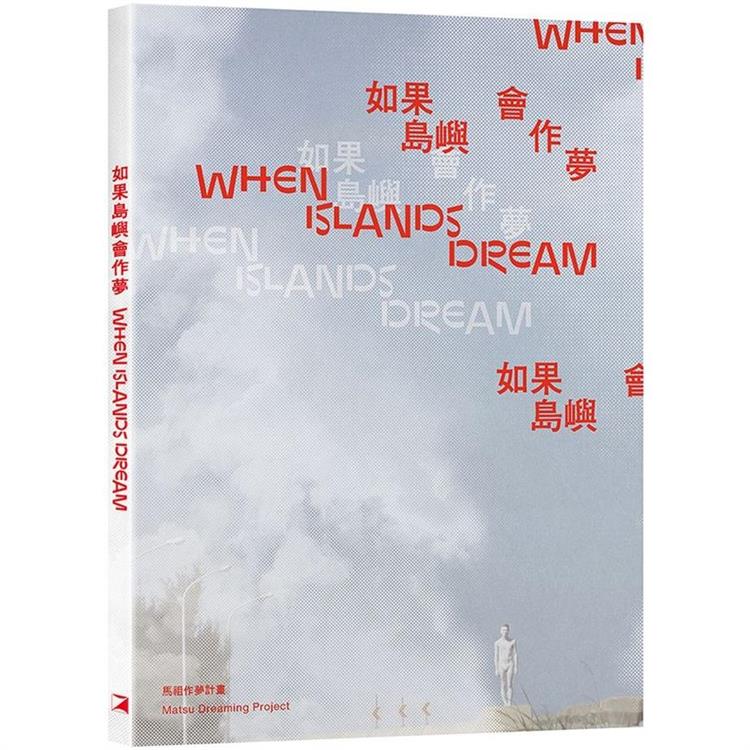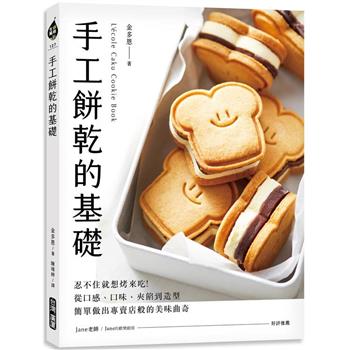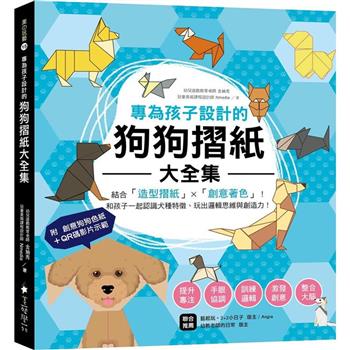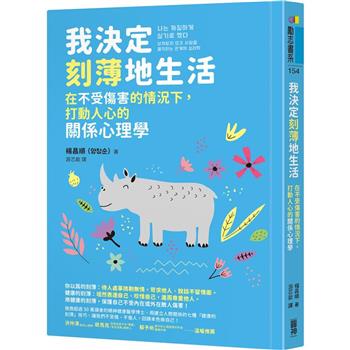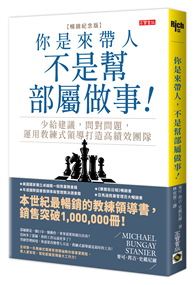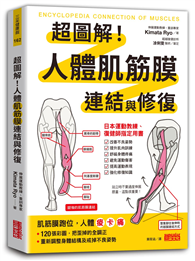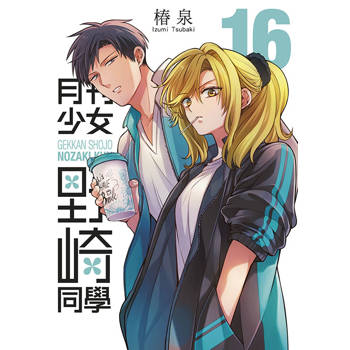作者簡介(依照文章排序)
謝宇婷
臺北藝術大學博物館研究所碩士,臺大外文系學士。現職高雄市立美術館研究發展部助理研究員,2019年獲選國藝會策展人培力計畫。長期關注當代藝術如何回應困難歷史,以及博物館等文化機構的後殖民、開放性實踐。文章散見於《藝術認證》、《轉角國際》等。
Hsieh Yu-Ting
Master of museum studies from Taipei National University of the Arts and Bachelor of English at National Taiwan University. She currently works at Kaohsiung Museum of Fine Arts. In 2019, she was grants Curator’s Incubator Program at Museum from National Cultural and Arts Foundation. Her research interests include how contemporary arts respond to difficult history and how to decolonize and democratize museums and other cultural institutions. She publishes extensively on Art Accrediting, UDN Global and other media platforms.
龔卓軍
國立臺南藝術大學藝術創作理論研究所博士班副教授兼所長,策展人。1966年,出生於臺灣嘉義,1998年獲得國立臺灣大學哲學博士學位。2006年,發表《身體部署:梅洛龐蒂與現象學之後》一書,獲臺灣中央研究院年輕學者研究著作獎。2009年起,擔任《藝術觀點ACT》季刊主編,該雜誌並於2011年獲得國家出版獎特優獎。2013年起,策劃臺北誠品畫廊的「我們是否工作過量?(Are We Working Too Much?)」展覽,開始投入當代藝術策展工作。2017年擔任「近未來的交陪:2017蕭壠國際當代藝術節」策展人,該展獲得台新藝術獎第16屆年度大獎。2018年擔任國美館「野根莖─2018台灣美術雙年展」客座策展人;2019年擔任由國立臺灣文學館與空總臺灣當代文化實驗場聯合主辦的「妖氣都市:鬼怪文學與當代藝術特展」策展人。近年受邀擔任2021年高美館「TAKAO.台客.南方HUE:李俊賢」雙策展人之一以及「2022 Mattauw大地藝術季」策展人。
Gong Jow-Jiun
Associate professor and director of the Doctoral Program in Art Creation and Theory at the Tainan National University of the Arts. Gong is acclaimed as Chinese translator of writings by Gaston Bachelard, Maurice Merlau-Ponty and Carl Gustav Jung into Chinese. Besides his research, Gong is engaging with curatorial activities. In 2013, he curated the exhibition “Are We Working too Much?” at the Eslite Gallery, Taipei. In 2017, he curated the exhibition “Kau-Puê, Mutual Companionship in Near Future: 2017 Soulangh International Contemporary Art Festival” that wins the 16th Taishin Arts Award. In 2018, he curated the exhibition “2018 Taiwan Biennial─Wild Rhizome”. In 2021, he curated the exhibition TAKAO TAIKE SOUTHERN HUE JUINSHYAN LEE, & 2022 Mattauw Earth triennial Tseng-wen River─A River with A Thousand Name.
陳平浩
影評人。桃園台灣人,一九八○年生。近年關注:電影作為藝術與技術,影像的政治,電影與當代藝術,台灣電影史的重探。評論散見《放映週報》、《破報》、《紀工報》、《國影本事》、《電影欣賞》等刊物。
Chen Ping-Hao
Film critic from Taoyuan, Taiwan. Born in 1980. His recent interests explore how films serve as art and technique, politics of images and the re-examination of Taiwanese film history. He has published extensively on FunScreen, Film Appreciation Journal and other magazines.
田偲妤
國立臺灣藝術大學藝術管理與文化政策研究所碩士,曾任《博物之島》編輯,現任《研之有物》編輯。
Sally Tian
Master of Arts Management and Cultural Policy, National Taiwan University of Arts.
林意真
國立臺灣大學歷史系學士
Alexandra Lin
Bachelor of History, National Taiwan University
許生翰
舞踏手、身體工作者,臺南人。師事大野慶人。專長為舞踏、現代舞、戲劇及行為藝術,跨足編舞、表演、教學及顧問。個人作品常以舞踏純白的身體為基底,或以抑鬱、或以殘酷、或以痛苦為詮釋,透過不經遮掩的袒露與觀者進行碰觸,對深處的靈魂進行提問及批判。
Sean Trudi Hsu
Born and raised in Tainan, Sean Trudi Hsu is a Butoh dancer and a student of Kazuo Ohno. He specializes in Butoh, modern dance, theater, and performance art, and works across choreography, performance, teaching, and consulting. His works are often based on the pure white body of Butoh, interpreted in a depressing, brutal, or painful way, touching the viewer through uncovered exposure and soul-searching questions.
王煜松
王煜松的作品以複合媒材為主,透過自身的生命經驗及個人觀察,在生活中探索各種創作的可能。大學時期的作品,以思考繪畫及版畫本身的媒材為出發,但運用不同於繪畫及版畫的方式去接近關於其本質的事物,作品經常融入身體感知、空間場域等元素。近期作品關注空間中曾經存在的過去、正在發生的現在,以及可能發生的未來。透過各種想像拼湊再閱讀,從自身的生活環境、生命經驗擴及到更廣的社會意識、群體關係,試圖探尋虛構及真實之間的曖昧地帶。個人網站:sean0978622068.weebly.com/
Wang Yu-Song
Born in Hualien in 1994, Wang Yu-Song is currently a student at the Graduate Institute of Plastic Arts, Tainan National University of the Arts, Taiwan. He received a B.A. in printmaking from the School of Fine Arts, Taipei National University of the Arts in 2016. A mixed-media artist, he aims at exploring various possibilities of creation in everyday lives through lived experience and personal observations. His works often incorporate affects, physical sensations, and spatial elements. His recent works focus on the “past” that has existed, the “now” that is happening, and the “future” that may take place. Wang likes to explore the ambiguous zone between fiction and reality through his own living environment, lived experience, and to a greater extent, social consciousness and relationships in groups. Through objects, images or particular spatial configurations, his works invite the viewers to open up all their senses and read and interpret the works with their own imagination.
sean0978622068.weebly.com/
澎葉生(Yannick Dauby)
1974年生於法國,他的專業養成為具象音樂和即興音樂,使用拾得物、電子原音工具和攝音術。 作為一個錄音工作者,他對於動物、自然聲音和都會/工業情境,以及不尋常的聲音現象,都很感興趣。他也與音樂或舞蹈工作者、視覺或影像創作者時常合作,生產出的形式如影音演出、出版或裝置、展覽。他同時也是獨立電影領域的聲音設計與混音工作者。2007年起,他主要生活與創作地點在台灣。著迷於人類學與生態學的他,透過個人創作與研究,持續探索這座島嶼的聲音風景,發展與地方社群有關的創作計劃、紀錄某些環境內的生物與環境的互動。他也與生物學家合作,創造介於藝術與地方的計畫。近期出版山林環境錄音書〈福山,太平山〉(中英雙語)。個人網站:www.kalerne.net
Yannick Dauby
b. 1974, France/Taiwan. Background in musique concrète and improvisation, using found objects, electroacoustic devices and phonography.
As a sound recordist, he has particular interest for animals or nature sounds as well as urban/industrial situations and unusual acoustic phenomena. Excursions are pretext to a sonic gathering, and often leads to the realization of phonographic collages. He often collaborates with other musicians, visual artists and dancers, producing audio-visual performances, publications or installations. He is also an independent and awarded sound designer and sound mixer for cinema: documentary films, short films, fiction and experimental cinema.
He has based in Taiwan since 2007, interested into the field of anthropology and ecology, exploring the island's soundscape through artistic research, developing art projects in local communities (Hakka, Atayal) and documenting the fauna and its environment, creating art & science projects in collaborations with biologists. He has been involved in projects related to coral reefs in Penghu and mountain forests in Northern Taiwan.
www.kalerne.net
黃祥昀
荷蘭萊頓大學媒體研究所碩士,研究聚焦於動態影像中的時間哲學、後殖民歷史方法論與網路藝術理論。文章散見於臺北數位藝術中心、今藝術、空總實驗波、國藝會現象書寫- 視覺藝評:「雲的藝評」。從小熱愛當代藝術,近期嘗試將自己的詩集《一場雨的時間》轉化為實驗電影與行為藝術,經營平台 「雲朵影像詩」,推廣以詩為劇本的影像創作。個人網站:cloudartproduction.format.com/
Huang Hsiang-Yun
Hsiang-Yun Huang (X.Y. Huang) is a visual artist and researcher of contemporary art theory based in Taiwan and the Netherlands.
She completed her bachelor in Philosophy at National Taiwan University, before going on to graduate at the Film and Photographic Studies master at Leiden University (NL) with the thesis “The Treatment of Time in Cinema: A Case Study of Cinema of Long Take, Tsai-Ming Liang’s Stray Dogs (2013) and What Time Is It There? (2001)” employing a Deleuzian framework.
cloudartproduction.format.com/
艾瑪.杜松(Emma Dusong)
1982年出生於法國,艾瑪.杜松定居、創作於巴黎與白朗峰霞慕尼。她以榮譽學位自法國國立高等美術學院畢業,並擁有藝術與美學博士,也於大學擔任資深講師。自2000年,她於法國及世界各地發表作品,如巴黎龐畢度中心、東京宮、首爾總體美術館。她的作品被公共機構與私人典藏,如貝納德別墅基金會(Maison Bernard Endowment Fund)委託她於建築師Antti Lovag建造的獨特建築中製作現地聲音聲音裝置。2020年她榮獲法國文化部頒發的法國藝術與文學騎士勛章。2020年至2021年,她獲選為馬德里委拉斯開茲之家(Casa de Velázquez)的駐村藝術家。《如果島嶼會作夢》是她在台灣的首次聯展。www.emmadusong.org/
Emma Dusong
Born in 1982 in France, Emma Dusong is based in Paris and Chamonix-Mont-Blanc. A graduate from the Superior National School of Fine Arts of Paris with honors of the jury, she is also a doctor in Sciences of Arts and Aesthetics and a University Senior lecturer.
Since the early 2000s, she has shown her work in France and abroad, such as Centre Pompidou Paris, Palais de Tokyo, Total Museum of Seoul. Her works are collected by public institutions as well as private collections such as the Maison Bernard Endowment Fund for which she made an in situ vocal piece for Antti Lovag’s architecture. In 2020, she was appointed Knight of the Order of Arts and Letters by the French Ministry of Culture. She was in residency at Casa de Velázquez in Madrid in 2020-2021.
When Islands Dream is her first group show in Taiwan.
www.emmadusong.org/
